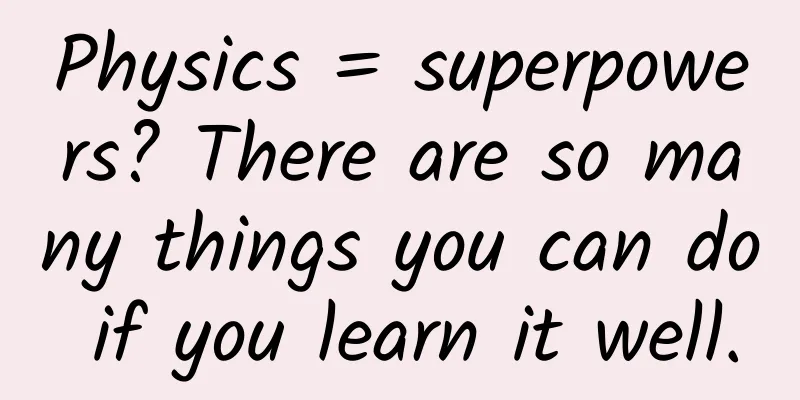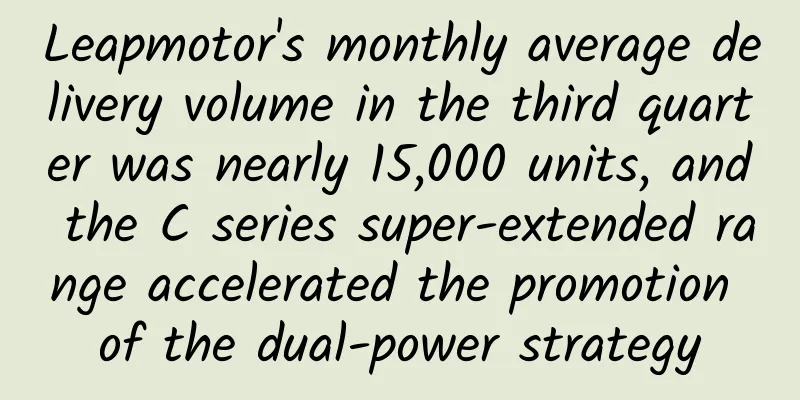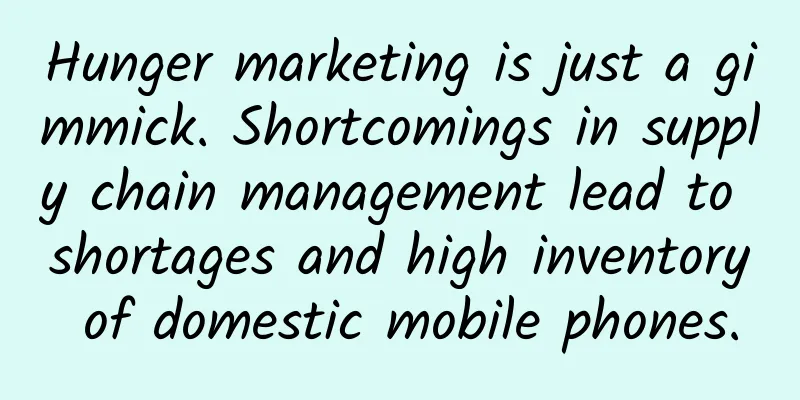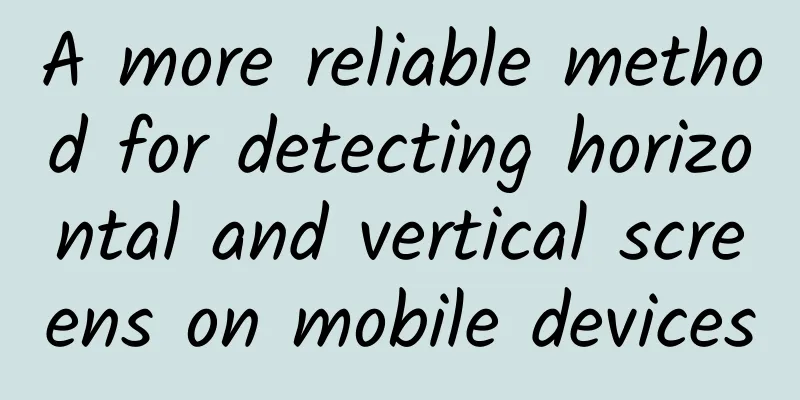Secrets revealed: How to time subway arrivals? The “time magic” of departure and arrival!
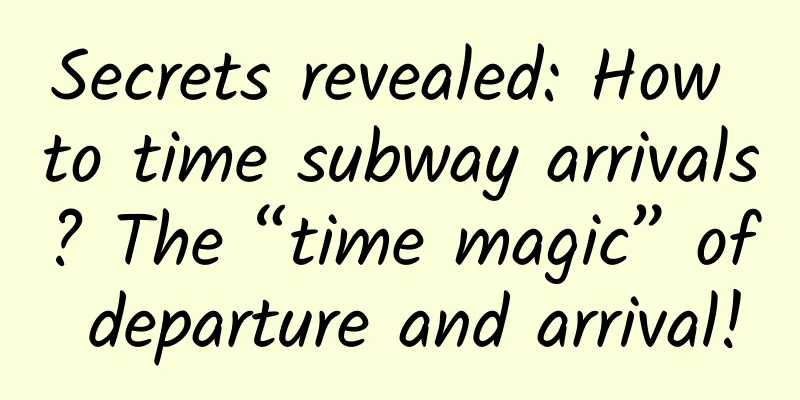
|
Produced by: Science Popularization China Author: Sima Wangtian Producer: Computer Network Information Center, Chinese Academy of Sciences Since 2017, the Tuesday of the second week of September every year is "Subway Safety Day". The subway may have become part of our daily commute, and the regular schedules have become commonplace. But have you ever paid attention to the displays on the platform? They usually show the time of the upcoming train. How is this time determined? Is there an "invisible hand" controlling it? Image made by the author The answer is obvious, yes. However, the display is just a form of expression, and there are actually deeper implementation principles behind it. Understand subway automation in one picture As an automated system, the subway itself also has an automated means to control the arrival time of trains, that is, the train operation map. The arrival time of all trains is actually planned through this map. The so-called train operation map is the "route map" of all subway trains on a line. Let us first create a fictional subway line and name it Xiqi Metro Line 1. There are 14 stations along the line, totaling 65 kilometers. The starting station is "Xiqi Station" and the terminal station is "Fengshen Station". This is the basic line information of the line. Next, we will design a subway train named "Zi Ya 101", which starts from "Xi Qi Station" and heads to "Feng Shen Station", then we can draw a simple diagram like this. Image made by the author There is some information on this picture, but not enough. It only shows the name of the station and the name of the train. So what do these broken lines mean? Don’t worry, I’ll add some key information next. Assuming that "Ziyahao 101" departs at 08:00 in the morning, it will pass through 12 stations, and the distance between each station is exactly the same. Then there are a total of 13 sections (a section is the section between one station and another), and each section is 65 kilometers divided by 13, which is 5 kilometers. The "Ziya 101" runs at a constant speed of 100 kilometers per hour. It takes 5 kilometers/100 = 0.05 hours to run one section, which is 3 minutes. The stop time at each station is 1 minute. After arriving at the terminal "Fengshen Station", the train changes ends and turns back, and the turnaround time is 5 minutes. Based on the previous picture, we update some information and it becomes like this. Image made by the author From the second picture we can see that the one-way travel time of "Ziya No. 101" is: 13 sections + 12 stops = 13*3+12*1=25min. The train departed at 08:00 and arrived at the terminal at 08:25. After the passengers got off, the train turned around, which took 5 minutes, and returned on time at 08:30. The return time was also 25 minutes, and finally returned to the starting station "Xiqi Station" at 08:55. After I explained this picture to you, you, the smart one, have actually guessed it. This picture is the operating logic behind the arrival time of trains in subway stations. The scientific name of this diagram is "train operation diagram", which is part of the subway train control system, that is, the signal system. In fact, the daily train operation schedule in the subway comes from this diagram, and this diagram is pre-edited by subway staff and is considered a "basic train operation diagram". What is the relationship between this picture and the actual subway operation? In the daily operation of the subway, one of the most important tasks every day is to import this map into the signal system to form a daily driving plan. Then, the trains throughout the day will complete their driving tasks step by step according to this plan. The departure time, arrival time, stop time, and return time of each train are almost all defined on this map. In fact, the real train operation diagram is far more complicated than the one shown above, because the above picture only shows one train, and there may be more than a dozen or even dozens of trains operating on the line every day, so the "basic train operation diagram" that you actually see is a collection of multiple train plans, and it may look like this. Image made by the author From one train to five trains, it looks a little more like one. Those who are interested can guess the names of the other four trains based on the abbreviations. If we remove the train numbers and add five trains, we basically get the kind of trypophobia-inducing diagram that you can easily see on the Internet. The density of the train schedule with ten trains is more or less similar to that in reality. Image made by the author Of course, please note that this is just a "basic train operation diagram", which is a planned diagram. Various influencing factors will appear when the train is actually running, such as temporary stops of the train, passengers accidentally touching the door, etc., which will more or less change the actual track of the train. The actual operation diagram of the train will also gradually emerge like "footprints" as the actual operating period lengthens, but the shape will become more irregular, and when it is reflected on the same diagram as the "basic train operation diagram", it will form a dense "spider web". Where does the train arrival information at the station come from? Although we know the time plan behind the subway trains through the above introduction, this is not the information that passengers can see. The train operation diagram information is generally stored in the subway dispatching command center, and only the train dispatching personnel can see it. So where does the information that passengers see in the station come from? Here we have to mention an interface, that is, the interface between the signal system (SIG in English) and the passenger information system (PIS in English). The signal system is what we mentioned above, and one of the manifestations of the passenger information system includes the platform "display" (yes, it is the picture where Nezha is located), and there is such an interface between the two. Image made by the author In short, there is data interaction between the signal system and the passenger information system in the subway's control center. The signal system provides basic driving information such as train arrival at the station to the central server device of the passenger information system through an interface machine, and then transmits this data to each station through wired transmission, and finally presents it on the "display" in a visual way. Of course, the information provided at each station is the same, but the display will be differentiated according to the specific situation of the station, which can reduce the difficulty of compiling software data to a certain extent. In fact, in addition to the passenger information system "display" in this subway station, we have another way to see the train arrival information, that is, the train passenger information system "display". Friends who often take the subway will also see similar displays near the doors of the carriages. They are part of the onboard passenger information system. Since the train also has a signal system, the train's operating information can also be given to the onboard PIS "display" through the train's onboard network. In this way, even on the train we can see relevant information about the train's arrival and departure stations. The operation of subway trains is not chaotic in nature, but is completed through the cooperation of a series of sophisticated systems. The arrival time of the train is just a concrete output of this huge system. In addition, the temperature control of the hot and cold compartments of the train, the display of the degree of crowding of the train passengers, etc. can all be achieved through automation and artificial intelligence. I believe that with the advancement of industry-related technologies and the increasing richness of urban public transportation scenarios, passengers will also have a better and more differentiated transportation experience in the future. |
<<: Do cats really think they are liquid? They can get into anything.
>>: #千万IP创科普# Is the brown pheasant a horse? Is it a chicken? Can it be eaten?
Recommend
Tesla exposed another spontaneous combustion accident, the owner said the public relations staff tried to conceal the scene
Recently, a fire broke out in an underground gara...
My eyes are on fire while working from home. How can I cure dry eyes?
Working at a desk for a long time at home, someti...
How much does it cost to develop a hotel mini app in Linxia?
In order to better penetrate into various industr...
Saving 16GB of small memory: Understanding Apple's new file system APFS
APFS is Apple File System, which was launched at ...
6 carefully selected black technology apps that can make your phone omnipotent
Here I would like to share 6 carefully selected b...
Is it unethical for African children to hold up signs to express birthday wishes or promote advertisements? Can children get wages?
Today, as videos of African children shouting and...
The iPad's decline is just the beginning. The tech industry is doomed by a lack of creativity.
"The biggest enemy in life is not others, bu...
Content operation: 3 major driving forces of high-quality UGC!
There are three major driving forces for high-qua...
The love-hate relationship between humans and microorganisms
Author: Zhang Zhetao, The First Affiliated Hospit...
What is the significance of biodiversity to humans?
Yesterday, the 15th meeting of the Conference of ...
How can APP use growth hacking methods to achieve 400,000 growth?
This article uses the growth hacker methodology a...
The latest news on the 2022 migrant worker demobilization order: Is it true that those over 60 will be demobilized? Attached are the latest notices from various places
Due to the needs of the development of the urban ...
Notre Dame de Paris is about to be "reborn", and this "wall-climbing" game has a role to play in this?
Audit expert: Wang Shengwei Beijing Municipal Eng...
Between going to work and burning incense, this generation of young people chooses to "go to night school"
What would you choose to do after get off work? L...
The fastest growing IT jobs
[51CTO.com Quick Translation] The number of IT pr...

